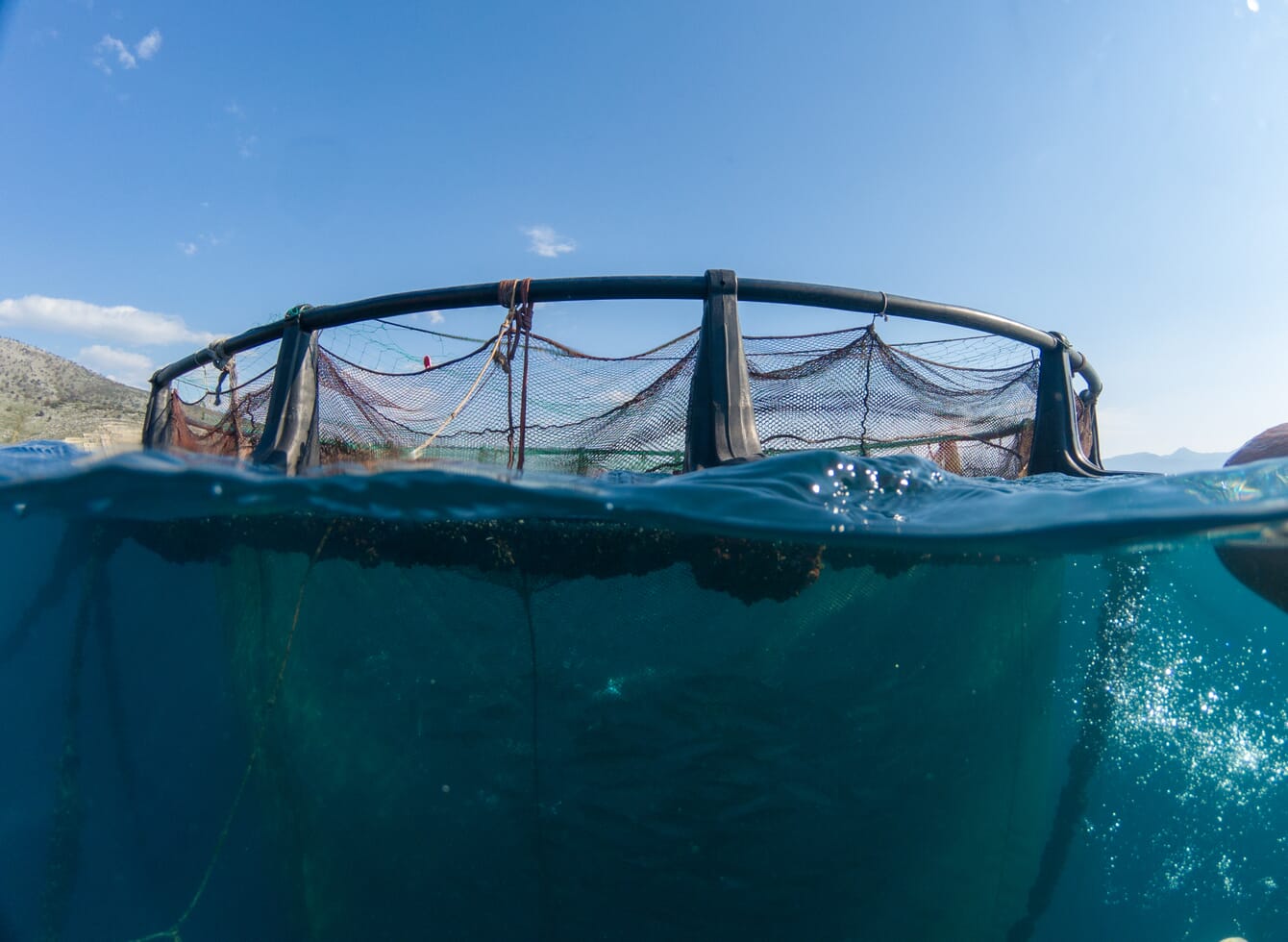A new report by researchers from Heriot-Watt University says that sediment camera systems, known as SPI cameras - which have been used for decades to document the health of the seafloor around fish farms and oil and gas platforms - are probably painting an inaccurate picture for regulators and authorities.
SPI cameras work by penetrating the sediment and taking a side-on picture. The images can tell researchers how healthy or polluted the sediment is, based on its colour and thickness, and the presence or absence of animals.

Annabell Moser, from the Lyell Centre, a partnership between Heriot-Watt and the British Geological Survey (BGS), led the research.
With scientists from BGS and the Scottish Association of Marine Science (SAMS), she developed a laboratory version of the SPI camera to test the likelihood that the camera system was giving inaccurate results.
Moser said in a press release: “Our tests showed that the model camera caused particles from the top layer to be dragged down into deeper layers, which very possibly makes the sediment look much healthier than it actually is.
“This is concerning, because for 50 years this camera system has been used by authorities as a way to determine whether industrial activity is harming the seafloor.
“Our research shows that the damage from fish farming or oil and gas activities may have been underestimated.
Not in Scotland
However, commenting on the claims, Scottish Sea Farms' head of sustainability and development, Anne Anderson, who was formerly chief officer of compliance & beyond at the Scottish Environment Protection Agency (SEPA), said: "Here in Scotland, regulatory compliance is assessed by actual sampling; there is no visual assessment used to demonstrate compliance, therefore regulators and authorities have an accurate picture.
"That said, it’s great to see new R&D which will support future ability to consider visual and camera assessments, and will complement regulatory reform to improve and reduce intrusive sampling."
Further research
The team behind the research will work with the Flanders Marine Institute in Belgium later this year to test the extent of sampling artefacts associated with actual SPI camera systems.
This research has been published in Frontiers in Marine Science and was funded by the Natural Environment Research Council.




